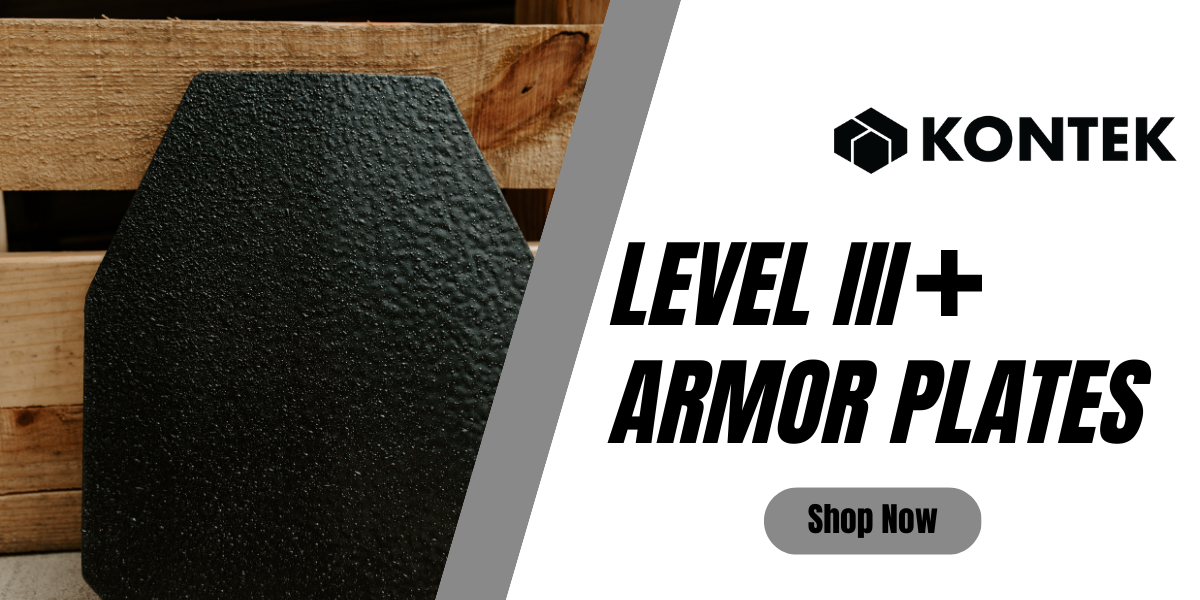
Ballistic shields save lives, but they come with their own set of problems.
If you’ve ever struggled with limited visibility or felt the strain of carrying one for too long, you’re not alone. These challenges can slow you down when every second counts. But here’s the good news, there are practical solutions that can make a real difference.
Here’s what shield operators often struggle with:
- Weight and Mobility
- Field of Vision
- Weapon Handling
- Team Coordination
- Fatigue Over Time
Let’s dive into each challenge and how to solve them.
Challenge 1: Weight and Mobility
Shields that are designed for high levels of protection are often heavy and difficult to maneuver. This weight can slow down an operator's movement, making it harder to respond quickly in dynamic environments. The added strain on muscles can lead to fatigue, reducing the operator's endurance and effectiveness over time, particularly in extended operations.
Solution:
Consider shields made from lightweight composite materials that provide high-level protection without the added bulk. Reinforced handles and ergonomic designs improve grip and control, allowing operators to maneuver more efficiently. Incorporating mobility drills into regular training can help users build the skills and endurance needed to move quickly and effectively under stress.
Challenge 2: Field of Vision
Ballistic shields, while protective, can significantly limit an operator’s field of vision. This restricted view increases the risk of missing potential threats outside the immediate line of sight. In tactical scenarios, this reduced situational awareness can leave operators vulnerable to unexpected attacks or prevent them from effectively communicating with their team. Maintaining a clear understanding of the environment is crucial, especially in fast-paced or chaotic situations.
Solution:
Shields with integrated viewing ports or transparent ballistic panels enhance visibility without compromising protection. Training exercises that focus on improving situational awareness, such as scanning techniques and coordinated movement, help operators monitor their surroundings more effectively. These methods allow for better decision-making and faster reactions to emerging threats.
Challenge 3: Limited Weapon Handling
Managing a firearm or other weapons while holding a ballistic shield can be challenging. The shield's size and position often make it difficult to aim, reload, or switch weapons quickly. This limitation can reduce the operator’s firepower and overall effectiveness during critical moments. Additionally, the physical demands of holding both a shield and weapon simultaneously can impact accuracy and speed.
Solution:
To address the challenges of weapon handling while using a ballistic shield, operators should train in advanced weapon techniques tailored for shield use. This includes one-handed shooting, tactical reloading, and transitioning between primary and secondary weapons efficiently. Pairing shields with angled or low-profile weapon mounts can also provide better alignment for accurate aiming. Additionally, incorporating weapon retention systems allows operators to safely secure their firearm when switching between tasks, ensuring both protection and firepower are maintained without compromising maneuverability..
Challenge 4: Team Coordination
Ballistic shield operators often move at a slower pace, which can disrupt the flow of team movements. In tight or fast-moving environments, poor coordination between team members can lead to delays or create vulnerabilities. For example, when entering a room or navigating narrow hallways, the shield operator’s position can affect how other team members advance and engage threats.
Solution:
Team training exercises that include shield operators help improve coordination and fluidity. Drills such as stack formations, entry tactics, and room-clearing techniques allow the team to work seamlessly around the shield. These practices ensure that everyone knows their role and can adapt quickly to the shield operator’s movements, maintaining operational efficiency.
Challenge 5: Fatigue Over Time
Prolonged use of a ballistic shield can cause significant physical fatigue, particularly in the upper body and core. This fatigue can slow down reaction times and reduce the operator's ability to hold the shield in a protective position. Over time, physical exhaustion increases the risk of mistakes, potentially compromising the mission and the safety of the team.
Solution:
Incorporate strength and endurance training focused on the upper body and core into regular fitness routines. This helps build the stamina required for extended shield use. Shields with built-in weight distribution systems, such as shoulder straps or sling attachments, reduce the strain on arms and upper body during prolonged operations.
Additionally, consider shields with modular components, allowing users to switch between lighter and heavier configurations based on mission demands. By choosing a shield optimized for both protection and endurance, operators can stay effective even during long deployments.
Conclusion
Ballistic shields provide vital protection, but they come with specific challenges that operators must overcome. By selecting the right equipment, committing to rigorous training, and implementing fatigue management strategies, teams can improve their effectiveness in the field. With proper preparation, your team will be ready to face any threat while maintaining safety and efficiency.
Contact Kontek Industries
If you need to replace or acquire ballistic shields for your agency, contact Kontek Industries to discuss what you need. We can provide different levels of protection paired to ballistic shields through our partners at Armor Express, B4DI and BlueRidge Armor.
Armor Express is one of the largest global suppliers of protective armor solutions. From the U.S. Armed Forces and Department of Defense to Federal and Domestic Law Enforcement officers, Corrections personnel, Fire & EMS professionals, and Private Security, they provide the highest-performing, mission-ready protective gear for the most important customers in the world.
BlueRidge Armor is founded on decades of experience in design engineering, development and manufacturing of world class bullet resistant armor, ballistic shields and protective equipment for law enforcement, elite tactical forces and private security sector.
B4DI is a Special Operations Forces/Federal Law Enforcement veteran-owned and led small business. They focus their time and resources on targeted projects where they strongly believe there is an opportunity to visualize or influence concepts in an innovative way that has never been done.
Contact the office at Kontek Industries today to discuss your needs.


